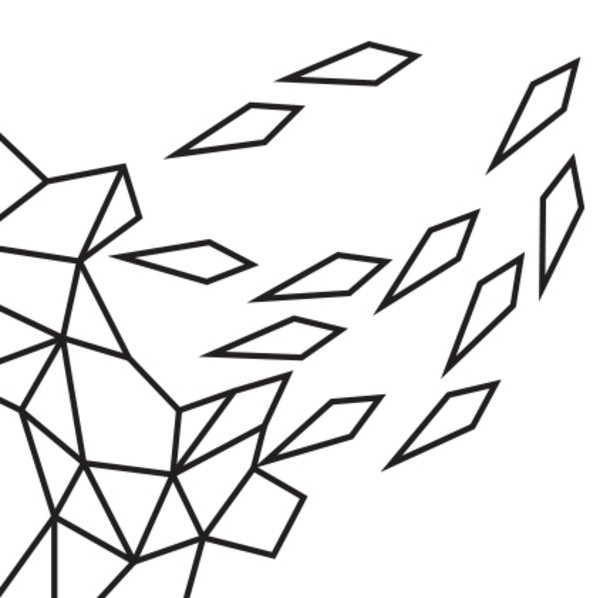What advantages do robots offer in researching the behavioural rules of animal groups? How is robotics research inspired by nature? Three robotics researchers from the Cluster of Excellence "Collective Behaviour" (CASCB) at the University of Konstanz provide insights.
